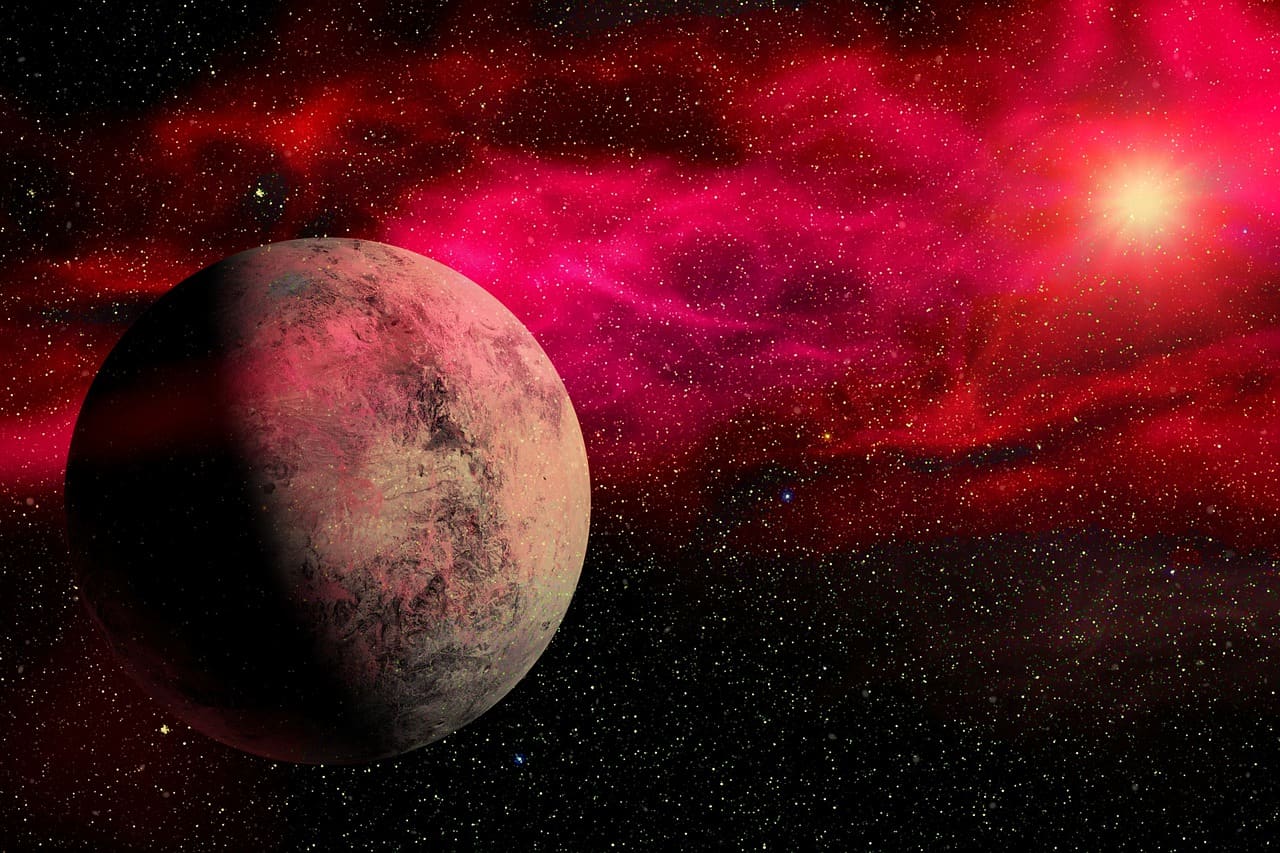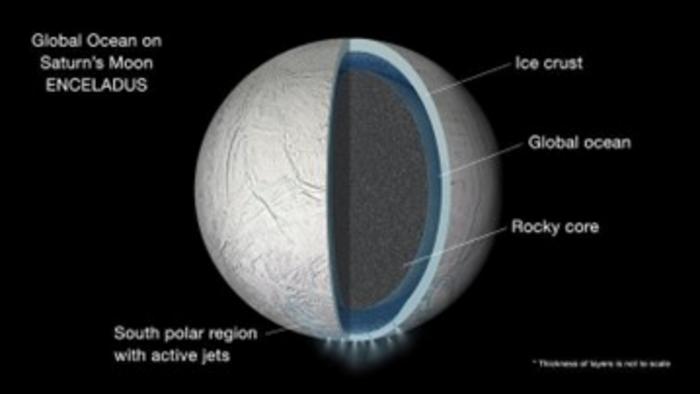Astronomers led by Lujendra Ojha from Rutgers University are shedding light on the potential for water beyond our Solar System. Their analysis, published in Nature Communications, suggests that Earth-like exoplanets with liquid water may be far more common than previously believed, significantly increasing the likelihood of discovering extraterrestrial life forms.
Water on exoplanets: much more common than we thought
The study primarily focuses on planets orbiting M-dwarf stars in Goldilocks zones — where the temperature is not too cold, but not too hot to harbor liquid water. M-dwarfs are the most common type of star in our galaxy.
They are smaller and colder than our Sun, accounting for approximately 70% of stars in the Milky Way. Most of the rocky, Earth-like exoplanets discovered to date also orbit these stars.
Ojha emphasized the criticality of liquid water for the existence of life.
“We know that the presence of liquid water is essential for life. Our work shows that this water can be found in places we had not much considered,” Ojha said in a press release. “This significantly increases the chances of finding environments where life could, in theory, develop”.
While previous research focused on the surface conditions of exoplanets, this study explores the possibility of sub-surface liquid water even on planets with frozen surfaces. They identified two primary mechanisms that may generate sufficient heat for underground water to remain liquid.
Oceans hidden beneath the frozen crust
Earth’s fortuitous atmospheric composition, consisting of just the right amount of greenhouse gases, allows for stable liquid water on its surface. However, if Earth were to lose these greenhouse gases, the average global surface temperature would plummet to around -18 degrees Celsius (-0.4 degrees Fahrenheit), causing surface water to freeze.
Nonetheless, radioactivity within the Earth’s core generates enough heat to keep water liquid deep below the ice. This phenomenon can be observed today in regions like Antarctica and the Canadian Arctic, where large subsurface lakes of liquid water persist despite freezing surface temperatures. It is even possible that such conditions exist on the south pole of Mars.
“In the last decade, we have found several Earth-like exo-planets,” Ojha told ZME Science. “If these planets were to have an atmosphere with adequate amount of greenhouse gases, you could conceivably have liquid water on the surface.”
“However, it is not certain that these planets have adequate heating from greenhouse warming. M-dwarf stars are much different than our star and there is a lot of debate about the effect of the stellar parameters on the atmosphere of the exoplanets revolving m-dwarfs.”
The model explores what happens to water on such planets, looking at the feasibility of generating liquid water via the planet’s internal energy. This energy comes from radioactivity elements commonly found in rocks like uranium, thorium, and potassium.
“We know how far exoplanets are from their host star. By doing some very simple and clever math, we can get a basic idea of the surface temperature on these planets,” Ojha said. “All the exoplanets we consider in this work at the right distance where liquid water may be stable.”
Despite their frozen surfaces, moons within the Solar System, such as Europa and Enceladus, exhibit substantial underground liquid water. These moons experience continuous tidal churn caused by the gravitational influence of the massive planets they orbit, akin to the tidal effects of our Moon but on a much larger scale. Consequently, these moons become prime candidates for the search for life within our Solar System, with future missions already planned to explore these intriguing celestial bodies.
By considering the possibility of radioactivity-generated heat, the researchers simulated the feasibility of sustaining liquid water on exoplanets orbiting M-dwarfs.
Before factoring in sub-surface water, it was estimated that only one in 100 stars would possess a rocky planet with liquid water. However, with underground water sources included, this number could approach one planet per star. This means the chance of finding liquid water and, by extension, the chance of life has increased by approximately 100.
Was this helpful?





